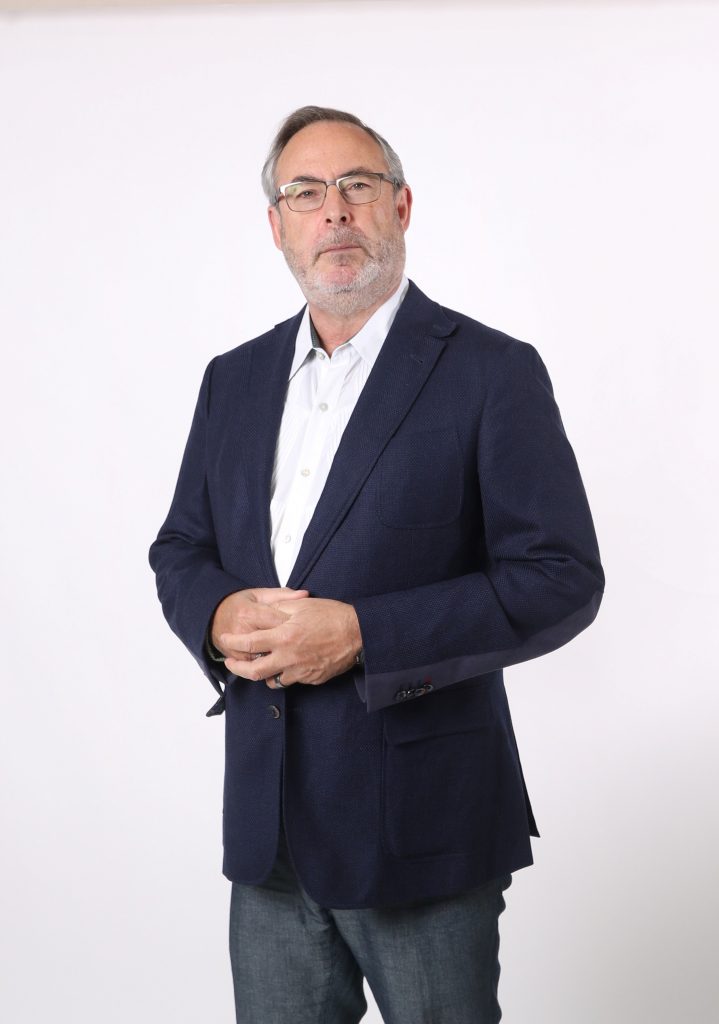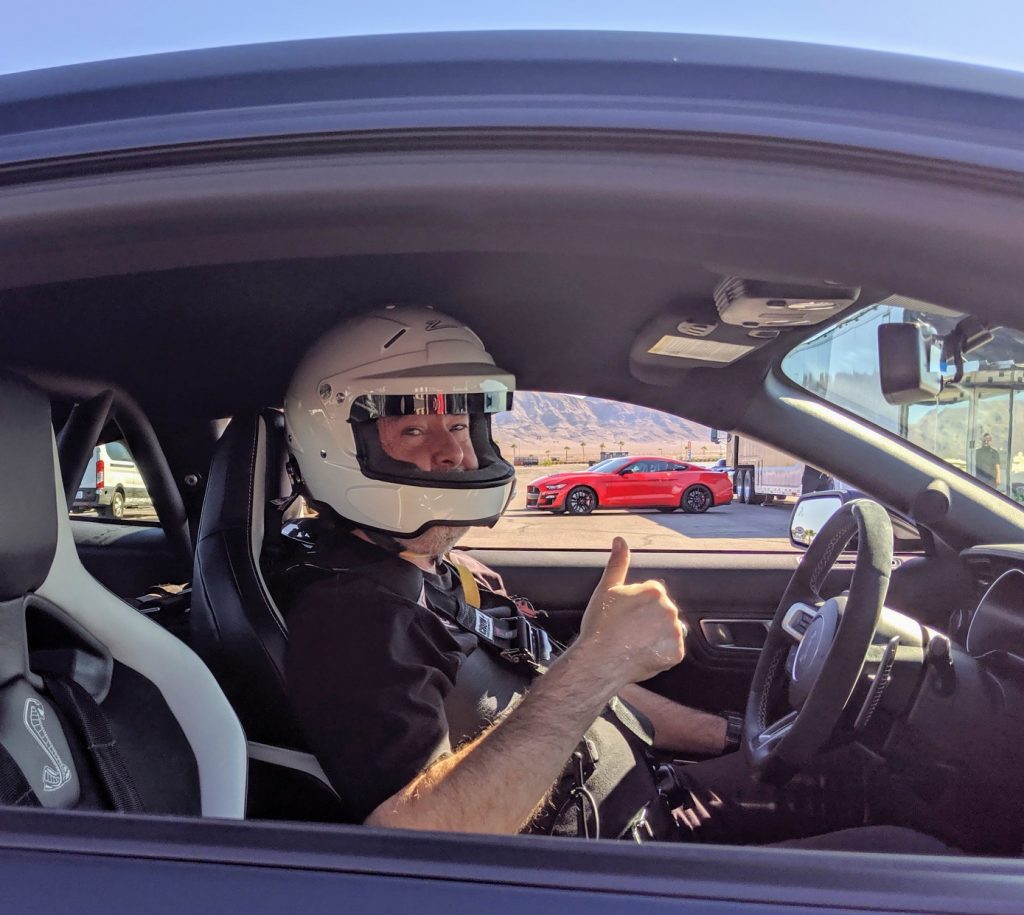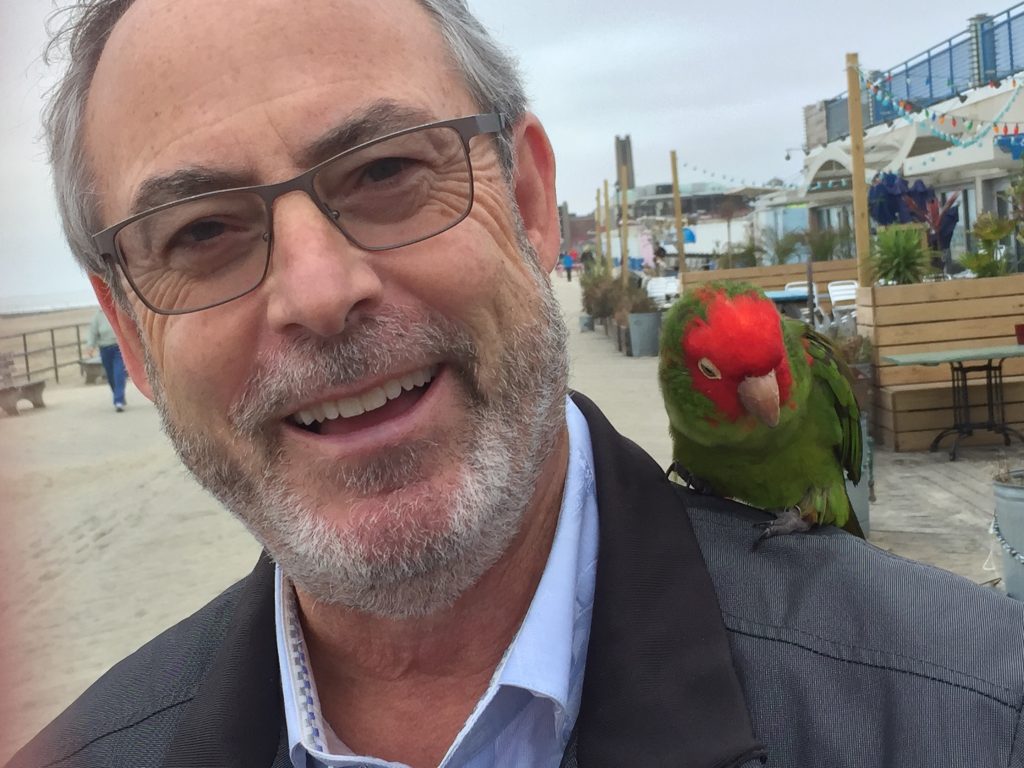901 Tower Drive • Suite 420 •
Troy, Michigan 48098
• P: 248.269.1122 •
E: bianchipr@bianchipr.com
901 Tower Drive • Suite 420 •
Troy, Michigan 48098
• P: 248.269.1122 •
E: bianchipr@bianchipr.com

I am Publisher and Editor-in-Chief of TheDetroitBureau.com, an automotive web magazine (NOT a blog). I serve as Bureau Chief of The Detroit Bureau, which is the news service I founded way back in 1979. Through that I write for as many as 40+ media outlets in a given year. Regular clients include NBCNews.com and CNBC.com, The Economist, various KBB publications, including Ride.tech, which specializes in EVs, AVs and the new world of mobility services, Cigar Aficionado, and a variety of international outlets. I also do an extensive amount of broadcast work, locally, nationally and globally.I also serve as juror with the North American Car and Truck of the Year, or NACTOY, as well as board member and past president of the Automotive Press Association.
Can you tell us what types of stories, trends or issues are on your radar now?
With rare exception, I focus exclusively on the automotive industry. But that’s a big umbrella — everything from reviews to personal profiles, as well as technology and trends. These days, I find myself doing a large number of stories on electrification and autonomous vehicles.
Describe the craziest or most fun story you have written.
Wow, going back over the decades, there are a lot of them. Stories I am especially proud of include pieces on the social and community impact of GM’s tearing down an entire neighborhood to build the Poletown plant. (One piece ran 20 minutes on NPR, a long-time client.) I had fun picking up on the controversy in Dearborn last year over the mayor’s decision to block the lock historical magazine from publishing a piece on the anti-Semitic history of Henry Ford. That went viral and got the story 1,000s of times more attention than if he’d allowed it to run. One of my fondest memories is of my story covering the launch of the Dodge Viper GTS Coupe. It involved driving an assortment of F1 tracks in Europe and finishing up with our small group doing three laps of the Arc d’Triomphe in Paris where police had closed off the normal busy circle for us. And one of my other great memories is of a non-auto piece I did early in my career for NPR on the annual morel mushroom hunt in Michigan.

What elements or characteristics do you look for in a story?
That depends upon the client outlet, of course. But all my stories have to have something that clearly connects with the audience. That may mean breaking news, insight into a personality, something that helps the reader understand a trend, or even entertains. I like to think my work gives people more insight into the topics I cover than the increasingly thin reporting that has become so commonplace. I have been around over 40 years and I try to give readers a better sense of history and an understanding of what things mean.
How long have you been in journalism and how did you get started?
I started out as a photographer, in fact, while back in high school. It was an amazing time of change, back in the early 1970s and I was lucky enough to have a local community college where I started taking classes before even finishing high school. There, I expanded into writing and broadcasting, the school having a great radio station and state-of-the-art video gear. I continued to work in all those media when I transferred to Univ. of Michigan. After graduating I worked briefly in NYC at several part-time media jobs before being hired by WXYZ in Detroit. I worked as a TV news writer and then was offered the chance to move to their old radio station. It seemed an odd choice but I got the opportunity to work in the field as a reporter. NPR came along and asked me to work for them in Oct. 1979, putting me under contract. I turned down a staff position because I quickly lined up a lot of freelance work. I created The Detroit Bureau and ended my NPR contract because they wanted me to stop covering the auto beat and likely move. I never looked back.
Finish this sentence: If I am not reporting, I am … either reading the news, traveling and checking out great restaurants, or kayaking on the chain of lakes by our getaway cottage.
What advice do you have for PR people that want to pitch you?
This applies to any journalist: there are few things more annoying than getting pitched on subjects I don’t cover. I frequently get calls and emails for stories on fashion, hotels, holistic meds and even more irrelevant topics. Then there are the PR folks who don’t take the time to know who they are pitching to. They will call and try to dazzle and baffle to sell a story. I am a veteran on this beat. I already know if a topic will fly. The other key: know how important — or unimportant — your story is. If it’s a minor piece, don’t over-sell. Be ready to hear me say, “Not for today. Call me back in a couple weeks.” And learn the best way to pitch. Some reporters want e-mail, others calls, others texts or twitter. For me, it varies depending upon who is pitching and how significant or urgent the story is.
Any pet peeves with PR people?
Per my answer above, the biggest peeve is people who don’t know whom they are pitching to and try to sell irrelevant stories. Another peeve: failing to follow up on a request. A PR person who comes through when I need some info is likely to land a story later on some piece they pitch that I might bother with coming from someone else.

Tell us a little about yourself (family, interests, hobbies, background, etc.)
I grew up in a very small family in what was originally a very small town along the North Jersey shore. That left me with a love of beaches and seafood. I love to travel, and I am comfortable walking into new environments, new cultures, new places. I’m also a true gourmet. There are few things I won’t try beyond lima beans and monkey brains. (Though I’m not fond of eyeballs in my stew, either.) Hobbies include listening to real jazz, photography and tinkering with electronics. I have both my home and cottage filled with home automation technology. Photography is both a vocation and avocation. And I love kayaking. Our cottage sits on a chain of lakes connected by the Huron River, so we can spend a lot of time and not constantly see the same scenery.
You can follow Paul on Twitter at: @DetroitBureau
One Trackback